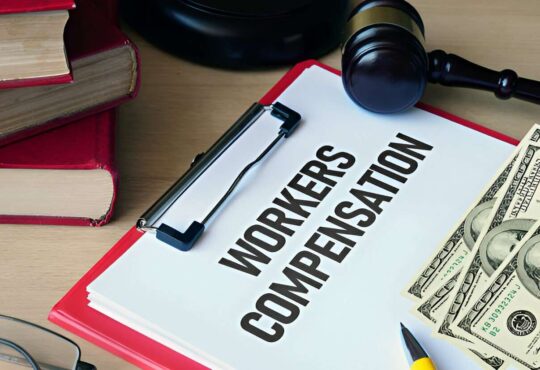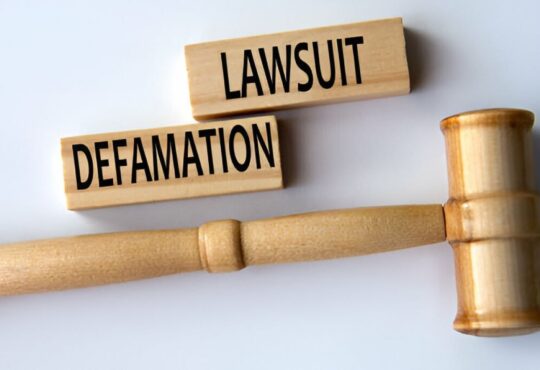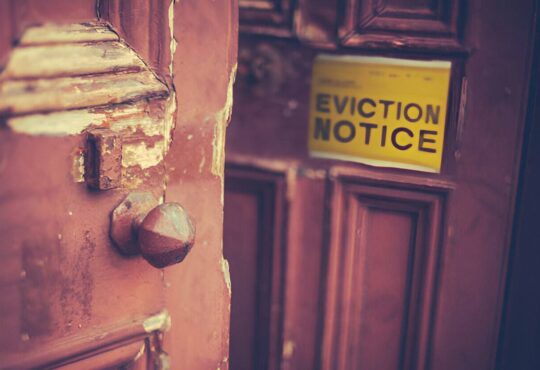
The Divorce Process Explained: What to Expect Legally
Divorce is a significant life event that comes with emotional and legal complexities. Understanding the legal process can help you navigate it with greater clarity and confidence. Each step in a divorce requires meeting specific legal requirements to ensure a fair resolution.
While every case is unique, most divorces follow a general legal framework. From filing the petition to finalizing the decree, knowing what to expect can make the process smoother. Here’s a breakdown of the key stages in the divorce process.
Contents
Filing the Divorce Petition
The divorce process begins when one spouse files a legal petition in court. This document outlines the reason for the divorce, known as the grounds for dissolution. Most jurisdictions allow no-fault divorces, meaning spouses don’t need to prove wrongdoing.
Once filed, the petition must be served to the other spouse. This ensures they are formally notified and given an opportunity to respond. Proper service of the petition is crucial, as failure to follow legal procedures can delay the case.
Responding to the Divorce Petition
After receiving the petition, the other spouse has a set amount of time to file a response. They can either agree with the terms or contest certain aspects of the divorce. If they fail to respond, the court may grant a default judgment in favor of the petitioner.
If disputes arise, both parties may need to engage in negotiations or mediation. Addressing disagreements early in the process can help avoid prolonged legal battles. A timely response ensures both parties have a voice in the proceedings.
Division of Assets and Debts
One of the most critical aspects of divorce is the division of marital property and debts. Courts generally follow either equitable distribution or community property laws. Equitable distribution states divide assets fairly but not necessarily equally, while community property states split everything 50/50.
Both parties must disclose their financial information, including income, property, and liabilities. Amicable asset division can reduce legal costs. If they fail to agree, the court determines a fair distribution based on various factors.
Determining Child Custody and Support
If children are involved, custody and support arrangements must be established. Courts prioritize the best interests of the child, considering factors like parental stability and involvement. Custody can be joint or sole, depending on what works best for the child.
Courts calculate child support based on both parents’ income and the child’s needs. Parents should carefully review custody and support agreements for fairness. Clear and enforceable arrangements help prevent conflicts in the future.
Negotiation and Mediation
Many divorces involve negotiation or mediation to resolve disputes outside of court. Mediation allows both spouses to work with a neutral third party to reach agreements on property, custody, and support. This process can be less expensive and less stressful than litigation.
If mediation fails, the case may proceed to court for a judge’s decision. However, reaching a settlement outside of court can save time and legal fees. A willingness to compromise often leads to a more amicable resolution.
Finalizing the Divorce Decree
Once all issues are resolved, the court issues a final divorce decree. This document legally dissolves the marriage and outlines the terms of asset division, custody, and support. Both parties must comply with the decree’s conditions moving forward.
After the decree is issued, additional legal steps may be needed, such as updating financial accounts and modifying legal documents. Ensuring compliance with the final ruling helps prevent future legal complications. The official completion of the divorce allows both individuals to move forward independently.
Conclusion
Understanding the legal process of divorce helps reduce uncertainty and stress. Each stage, from filing the petition to finalizing the decree, has specific legal requirements that must be met. Knowing what to expect can help you navigate your divorce with greater confidence.
While the process can be emotionally and financially challenging, proper preparation makes a significant difference. Seeking legal guidance and approaching negotiations with a cooperative mindset can lead to a smoother resolution. With the right knowledge, you can move forward and begin the next chapter of your life.




